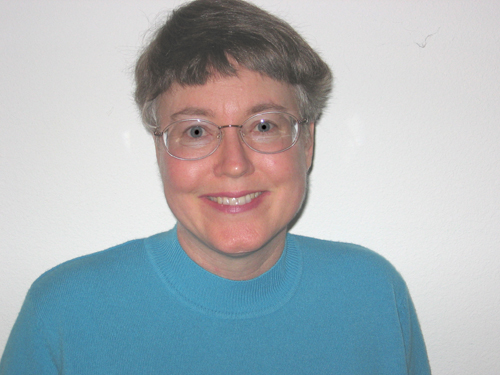Carol Bean recently wrote a post about the new National Institute of Health (NIH) toolkit for people who want to teach older adults how to search for health information online. This toolkit is located on this page of the NIHSeniorHealth website.
This toolkit has several different levels of lesson plans:
- For beginning students with little computer experience: internet basics
- For beginning students with some Internet experience: 3 modules about NIHSeniorHealth
- For beginning and intermediate students:a module about NIHSeniorHealth and Exercise for Older Adults
- For intermediate students - three modules about MedlinePlus
- For all students: Evaluating Health Websites and a glossary of computer terms
Carol Bean evaluated the "Quick tips" pdf in her blog post and recommended it as useful for technology trainers. However, she did mention that she disagrees with a few of the suggestions in this pdf. For example, she wrote that "The first is the suggestion to keep class length to around 90 minutes or less. My rule of thumb, from experience, is 60 minutes or less. to keep class length to around 90 minutes or less."
I completely agree with Carol on this point. If you try to go on too long during a class, it will be a draining experience for people, rather than a pleasant learning experience. Another potential problem is trying to pack too much information into one class period.
I looked at the module for the beginning students with little computer experience. I am afraid that they packed way too much information into one class - everything from computer terms, to how to use a mouse, how to open a browser, to how to navigate through webpages. I think that this would definitely frighten people away from taking any more computer classes. It would be too intimidating. There is no time for a student to practice using a mouse or time to comprehend the new terminology.
My suggestion would be to separate this information into several classes to allow older adults to become comfortable with computers, to use a mouse, and to work with browser software. After people have mastered these skills, then introduce them to the specific modules about NIHSeniorHealth, MedlinePlus, and the excellent module on evaluating health websites. These modules are very useful for introducing older adults to searching for health information online. I think that this would be the best way to introduce "health information search" classes to older adults in a public library.
Overall, I think that we need to avoid the trap of trying to teach too much in one sitting. Since we as librarians have been using computers and the internet for many years, we tend to forget that it takes time for new computer users to internalize this knowledge and to practice computer skills.







